Sam Hamilton is the former Web Content Administrator at the Edmonton Public Library.
I began researching my family tree using a single name — Norah Millicent Johnson, my father’s grandmother. Though I met her when I was a young child, all I really knew about her was that she moved to Canada from England and that her husband was not my biological great-grandfather.
Where to Start?
When researching your own family tree, I recommend starting with your paternal (i.e., father’s) side of the family, if possible. Depending on your family’s culture, it can often be easier to trace your ancestors this way because of two related factors:
- Women often take their husband’s surname when they marry, and
- Children often inherit their father’s surname.
This means that most historical documents, from census records to passenger lists, don’t include women’s maiden names, making it more difficult to trace your maternal (i.e., mother’s) ancestors. However, there’s one general exception to this rule: marriage records.
Norah’s Marriage(s)
My great-grandmother was married twice. First, in 1924 to William Douglas Hamilton, who she divorced in 1936 — presumably so she could marry her second husband, Harold Day, in the same year. (If you’ve done the math, you’ll realize that Norah was only 18 when she first married!)
Ancestry Library
I wouldn’t have been able to find Norah’s marriage certificates without having access to Ancestry Library through my public library. This resource is only available in-branch. Here are some tips to get you started.
When searching for a relative or ancestor in Ancestry Library, it helps to have the following information as a starting point:
- First name
- Last name
- Residence
- Birth year
Try to be as specific as possible when conducting your search. Include middle name(s), city/town name, etc. If you aren’t sure that you have the correct information, you can take advantage of Ancestry Library’s “Exact…” filter option to include results that don’t exactly match your search but are closely related.
For example, if you don’t know your ancestor’s exact birth year, but you suspect it’s between 1900 and 1905, you can:
- Enter “1903” into the Birth Year field
- Check the box next to “Exact +/-…”
- Select “+/-2 years”
This should retrieve any records for someone with a birth year between 1900 and 1905.
How to Fact-Check
After further research, I discovered that some of the information on Norah and Douglas’ marriage certificate ranged from partially correct to outright incorrect. For example, “Douglas” is a middle name and he was born in 1906, making him 18 when they married — not 22, as stated on their marriage certificate.
So, how do you determine what information is correct and what might be only partially or entirely incorrect? By checking and cross-referencing multiple documents from a variety of genealogy resources.
eBooks on Genealogy
EPL offers many books to help you research your family tree. Here's a sample of what we have in our eBook collection.
EPL's Online Genealogy Resources
While Ancestry Library is a great source for genealogy research, I recommend consulting more than one resource in order to cross-reference and fact-check the information you’ve found. Here are a few online resources from EPL's collection you can access right now:
-
Digital Newspapers: these newspaper databases offer digitized (and often searchable) versions of historical newspapers.
- Globe & Mail: Canada’s Historical Newspaper 1844 to 2012: you can search and read scanned pages of every issue of the Globe & Mail from 1844 to 2012.
- New York Times: you’ll have to create an NYTimes.com account, but access includes English, Chinese and Spanish newspaper articles from 1851 to 1922 and 1981 to present day.
- ProQuest Historical Newspapers: Calgary Herald 1883 – 2010: a searchable historical archive of the Calgary Herald from 1883 to 2010.
- ProQuest Historical Newspapers: Edmonton Journal 1903 – 2010: a searchable historical archive of the Edmonton Journal from 1903 to 2010.
- ProQuest Recent Newspapers: Edmonton Journal: search and read the Edmonton Journal from 2011 to the present, full issues are not available for the 3 months prior to today’s date.
- Edmonton Obituaries: this searchable index will help you discover when an obituary was published in Edmonton.
- Gale Primary Sources: gain access to several global archives and newspapers.
- HeritageQuest Online: this resource is excellent for North American research and includes complete U.S. census records from 1790 to 1930.
- Indigenous Peoples of North America: An historical collection of newspapers, manuscripts, drawings and sketches, photographs, maps, periodicals, monographs, reports, legal materials, organizational records, and population census records.
Additional Online Genealogy Resources
Check out some additional online genealogy resources you can access right now:
-
Canadian Census / Recensement canadien: made available through Library and Archives / Bibliothèque et Archives Canada, this database offers a wealth of information if your ancestor(s) lived in Canada between 1825 and 1926.
- If your ancestor(s) lived elsewhere, check if that country’s census records are available online through its government website.
- Canadian Virtual War Memorial / Mémorial virtuel de guerre du Canada: made available through Veterans Affairs / Anciens Combattants Canada, this registry provides information about Canadian military and RCMP personnel who died in service.
- Find a Grave: made available by Ancestry.com, this crowd-sourced database provides access to searchable cemetery records and images from around the world.
- First Nations Genealogy: made available through the Government of Canada, access resources for researching the family history of Indigenous peoples.
- Genealogy and Family History: made available through Library and Archives Canada, access census records, immigration records, resources for ethno-cultural groups and more.
- Peel's Prairie Provinces: Available online through the University of Alberta, it provides access to digitized Henderson Directories and historical newspapers from across the Prairie provinces.
Where to End?
How do you know when your family tree is complete? While only you can truly determine this, it may be helpful to consider the following factors:
- What resources (online or physical) can you access? Are you willing to travel to access physical resources?
- How far back in time do you want to search?
- Do you understand the language(s) of the country or countries where your ancestor(s) lived?
My own family tree research is far from complete, but I’m happy that I can share what I’ve discovered so far with my immediate family and, now, with you.
If you'd like to start looking into your family tree, the Edmonton Public Library has you covered with vital records, census records and passenger and immigration records available with your library card. Start searching today!

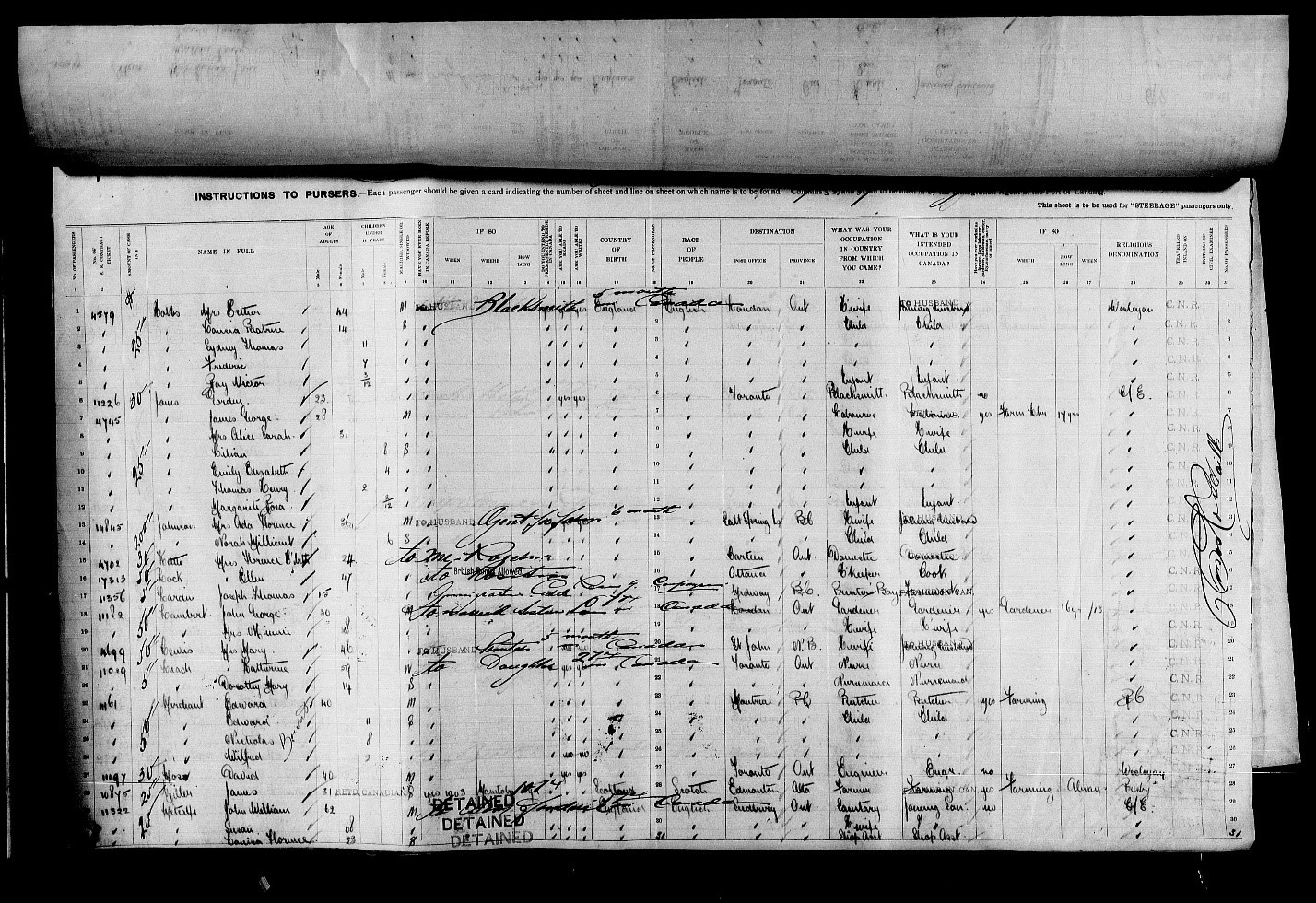
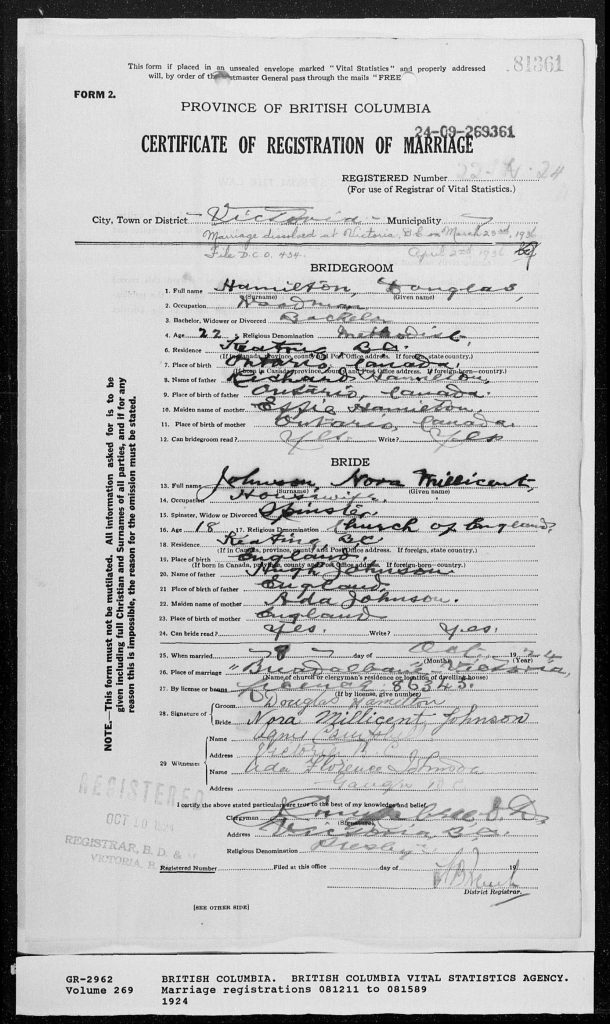
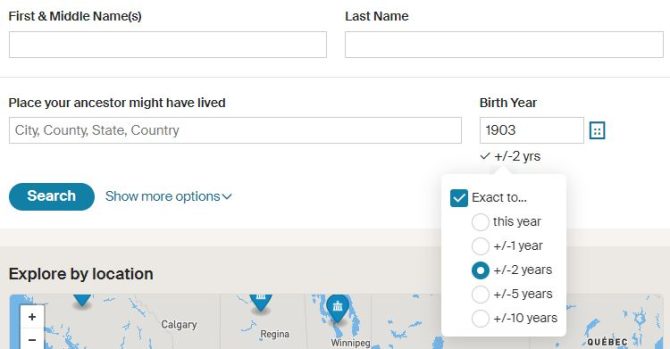

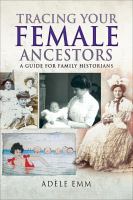

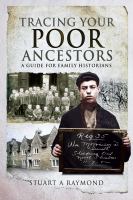
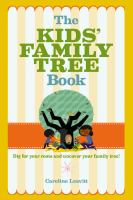

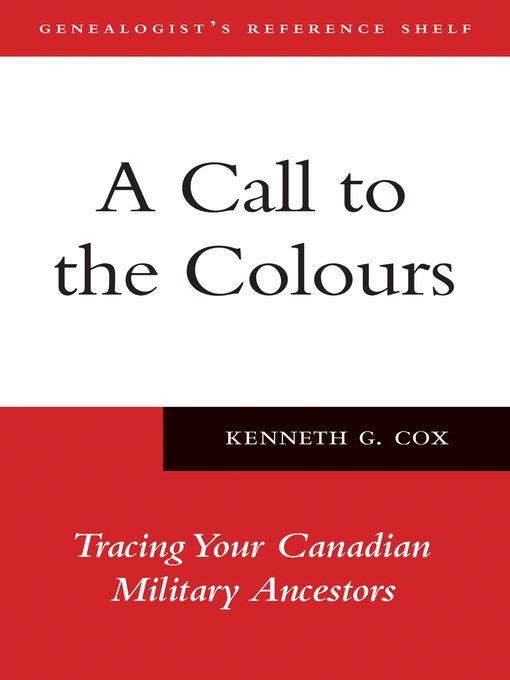
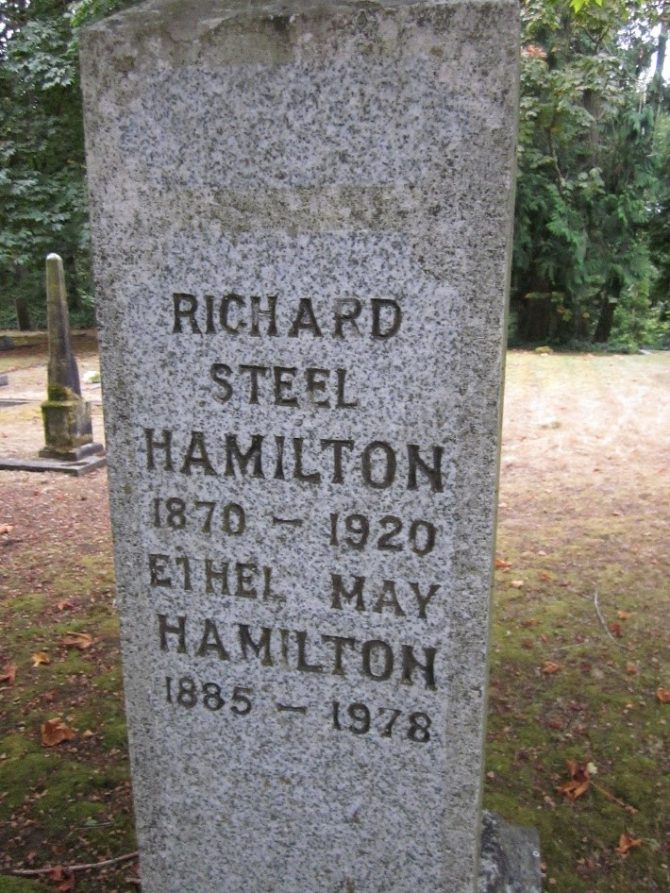

Add a comment to: Genealogy 101: How to Research Your Family Tree